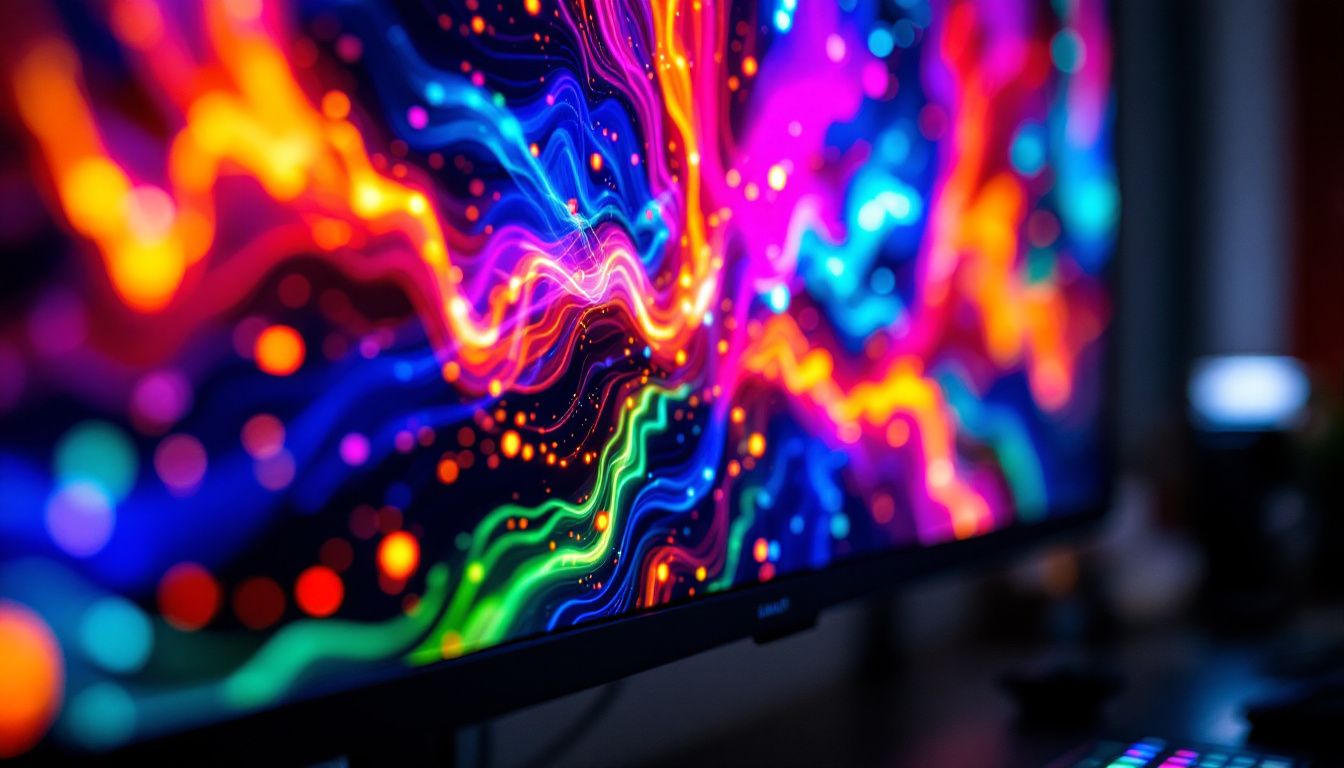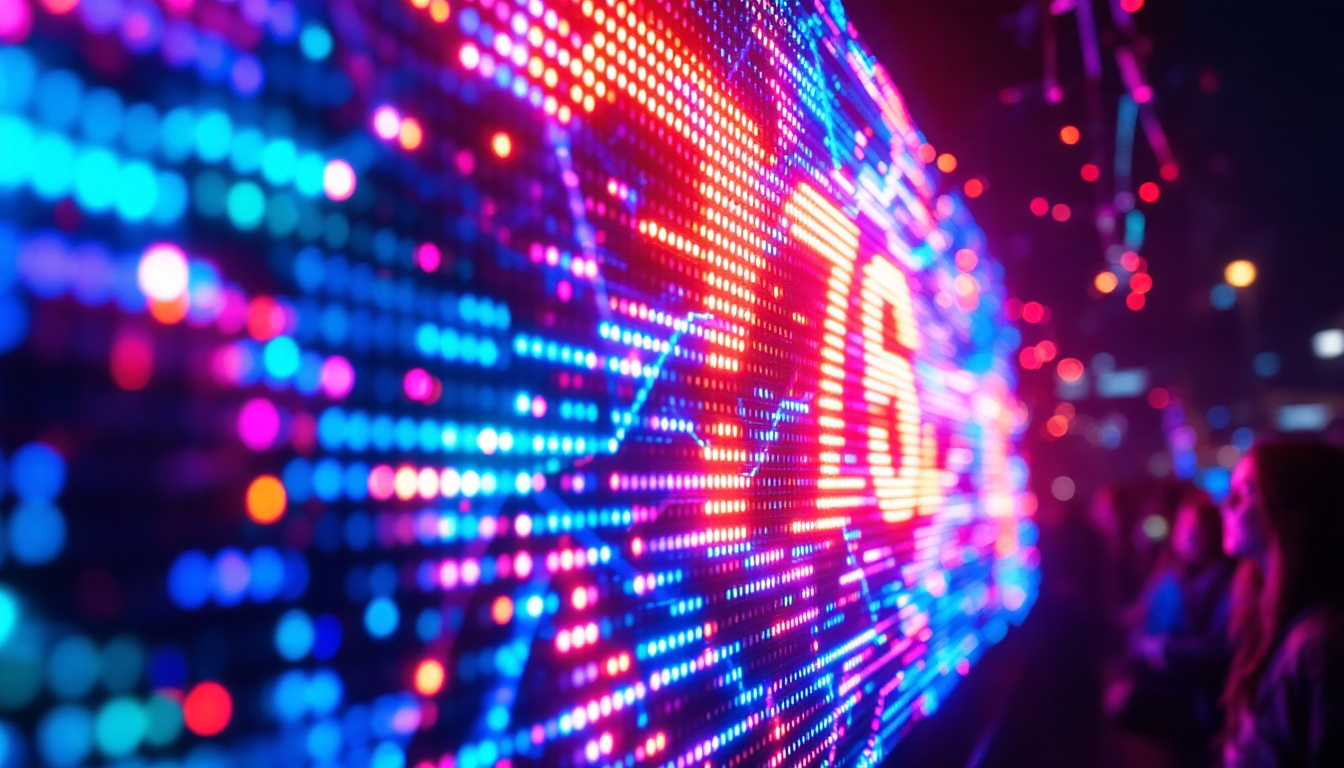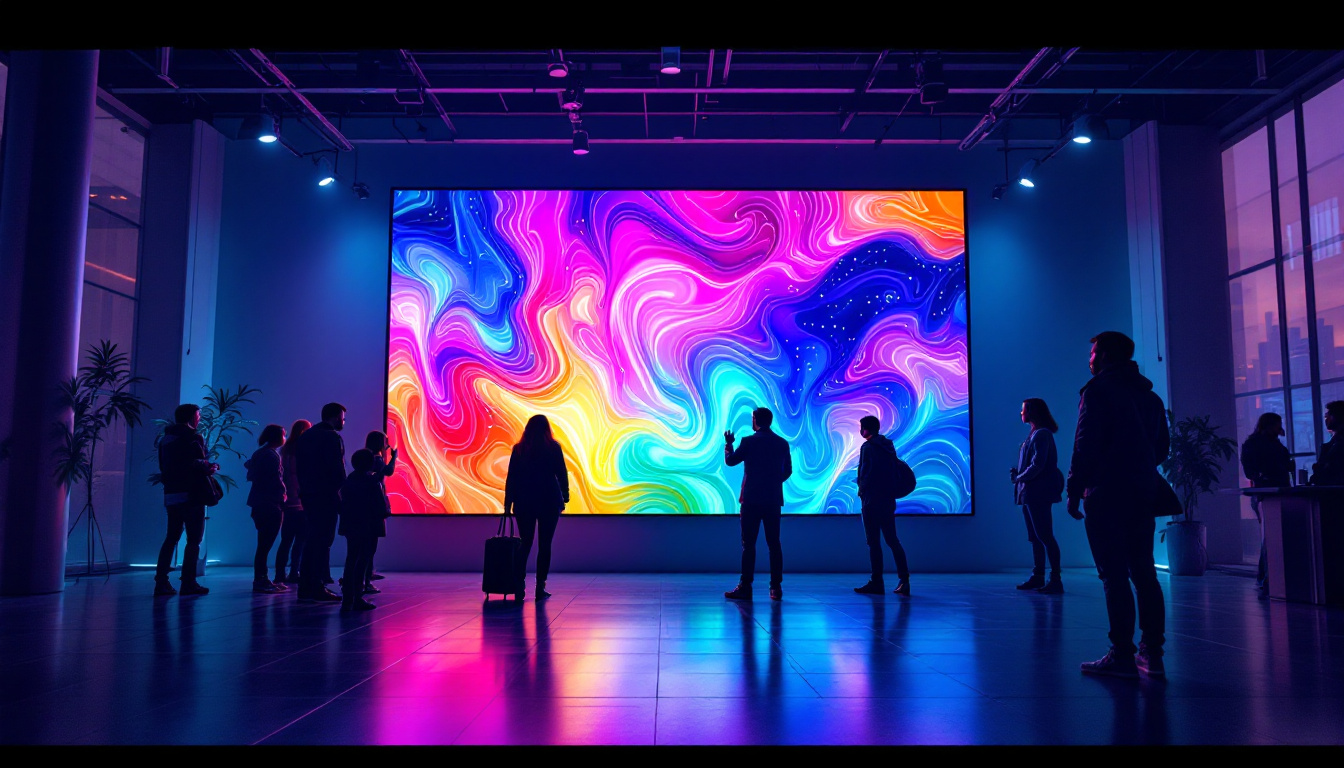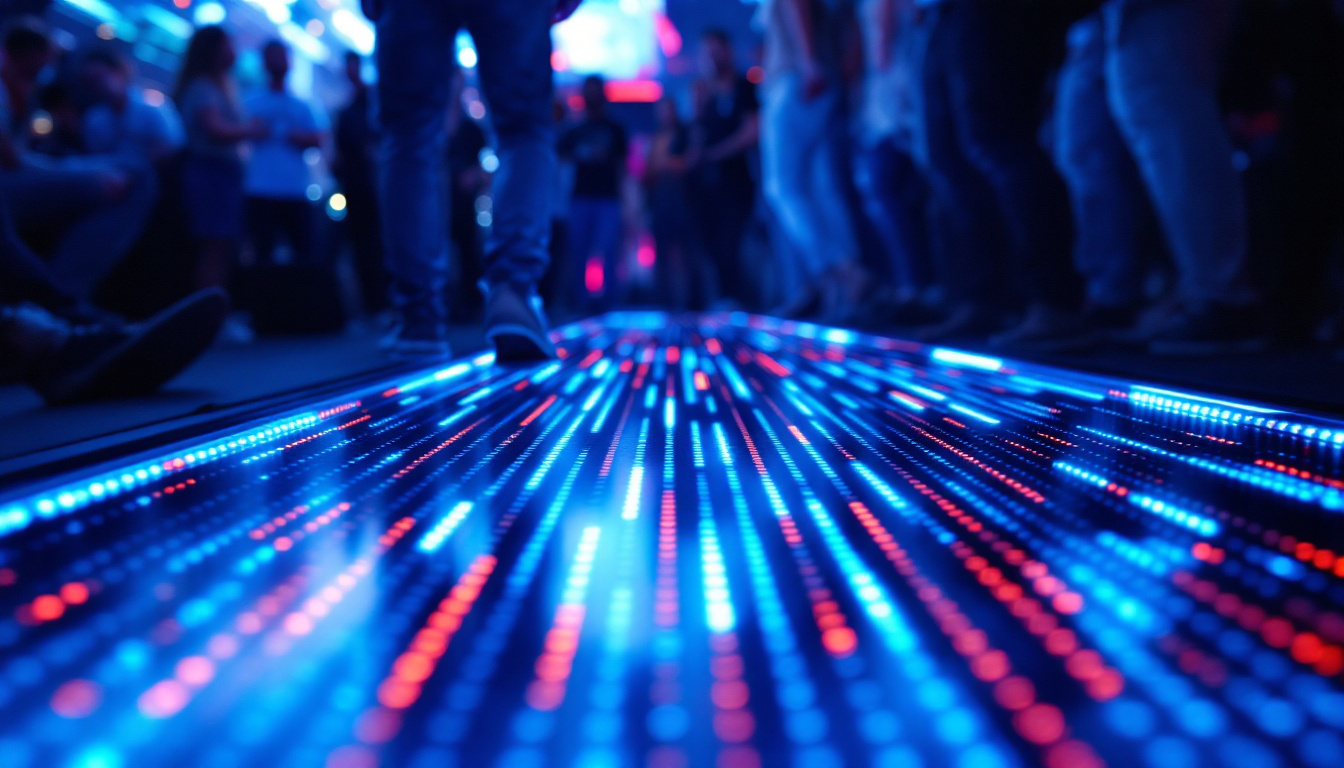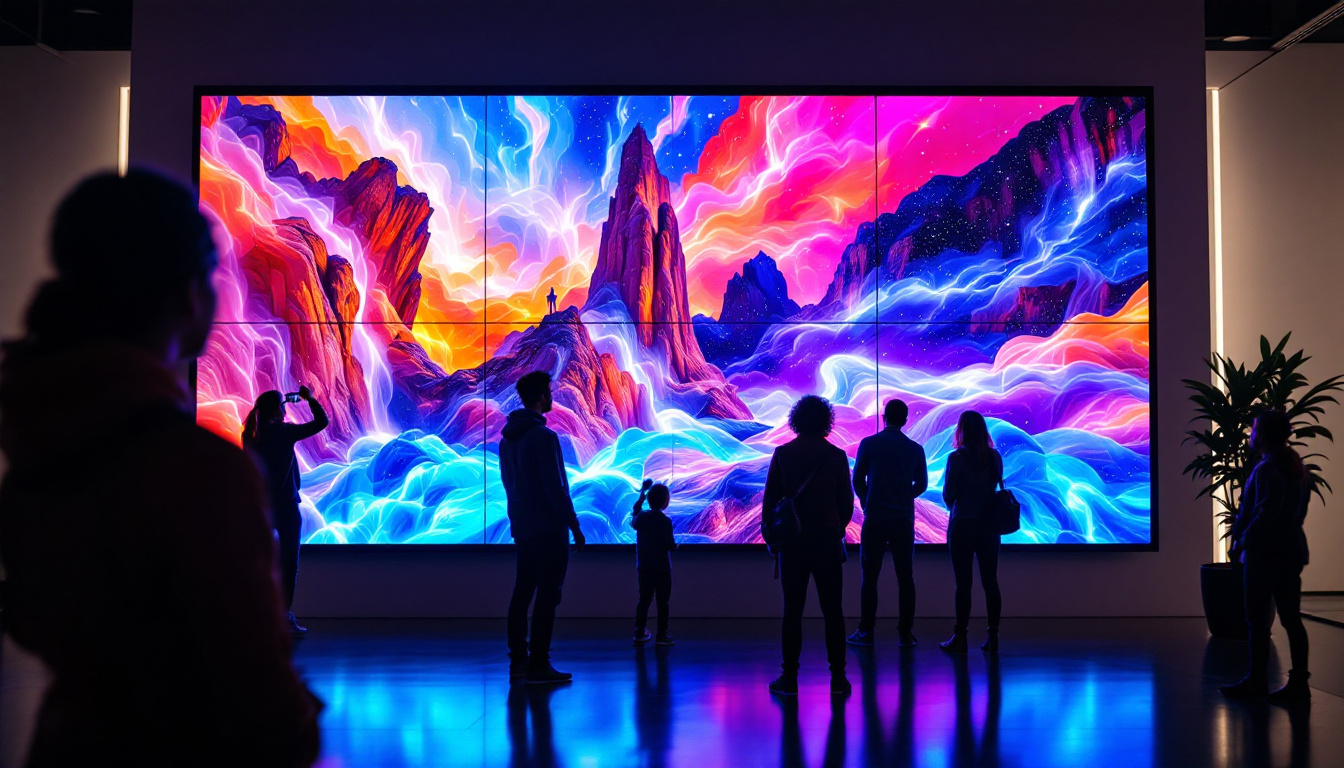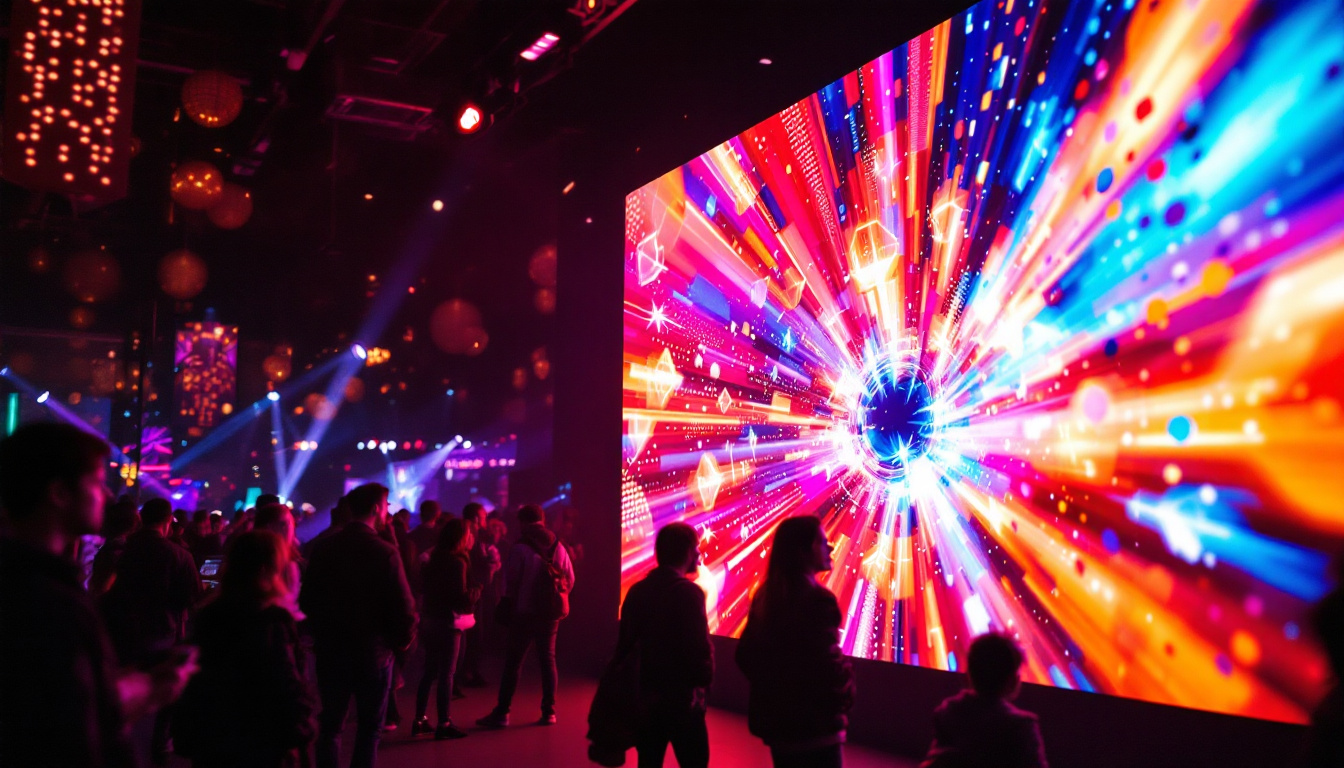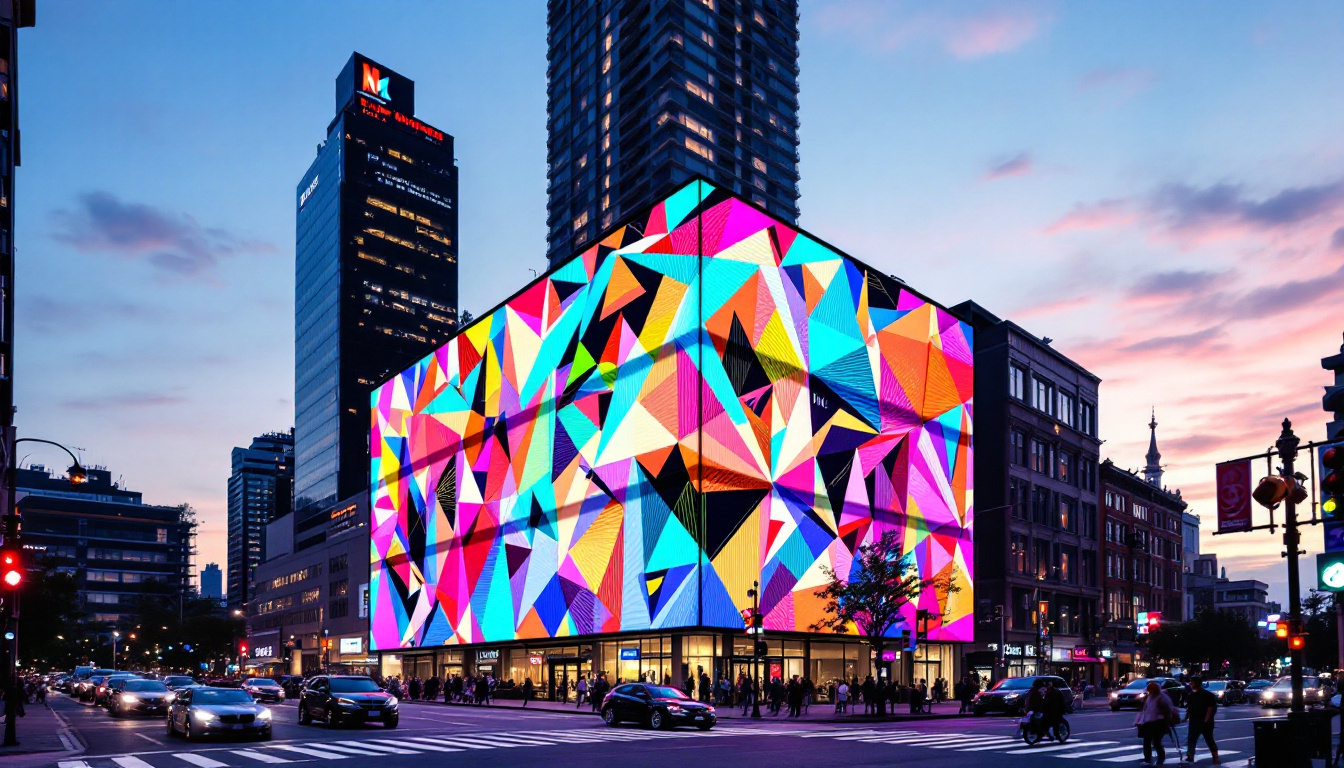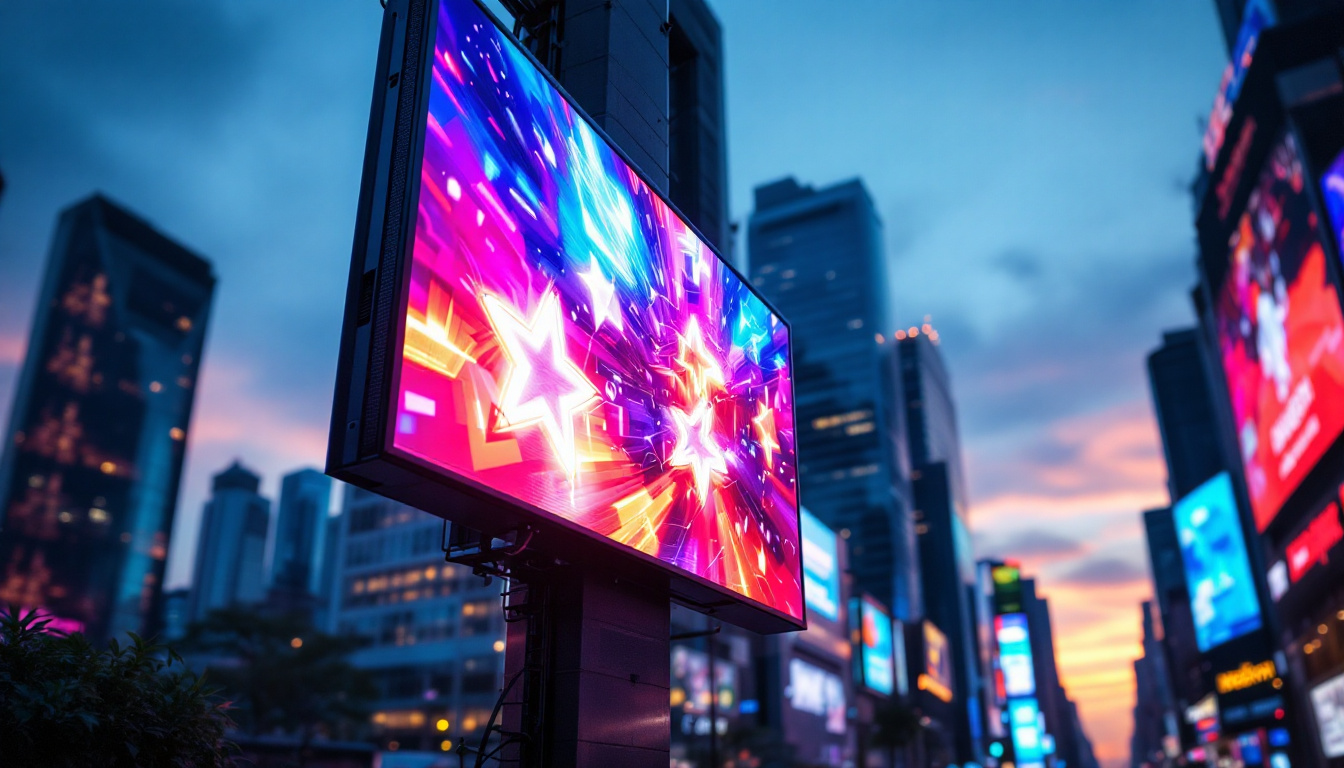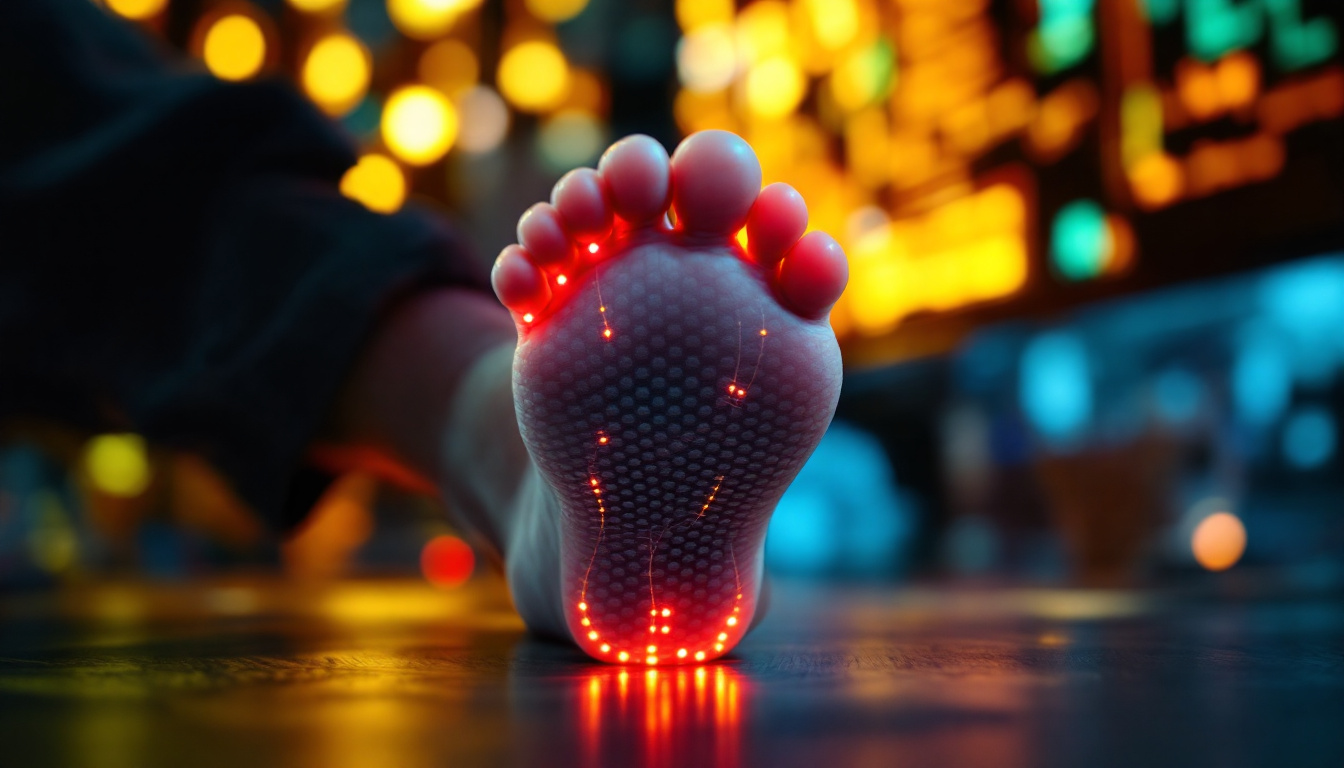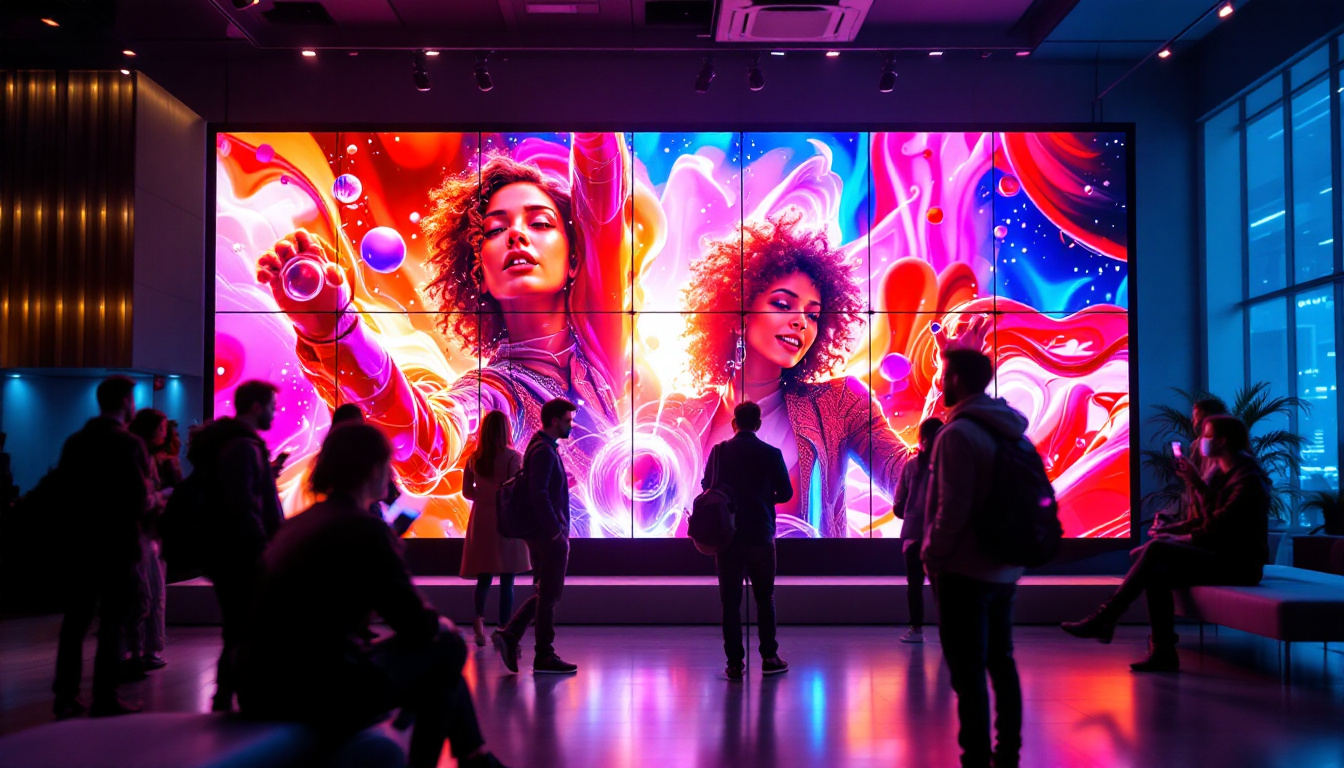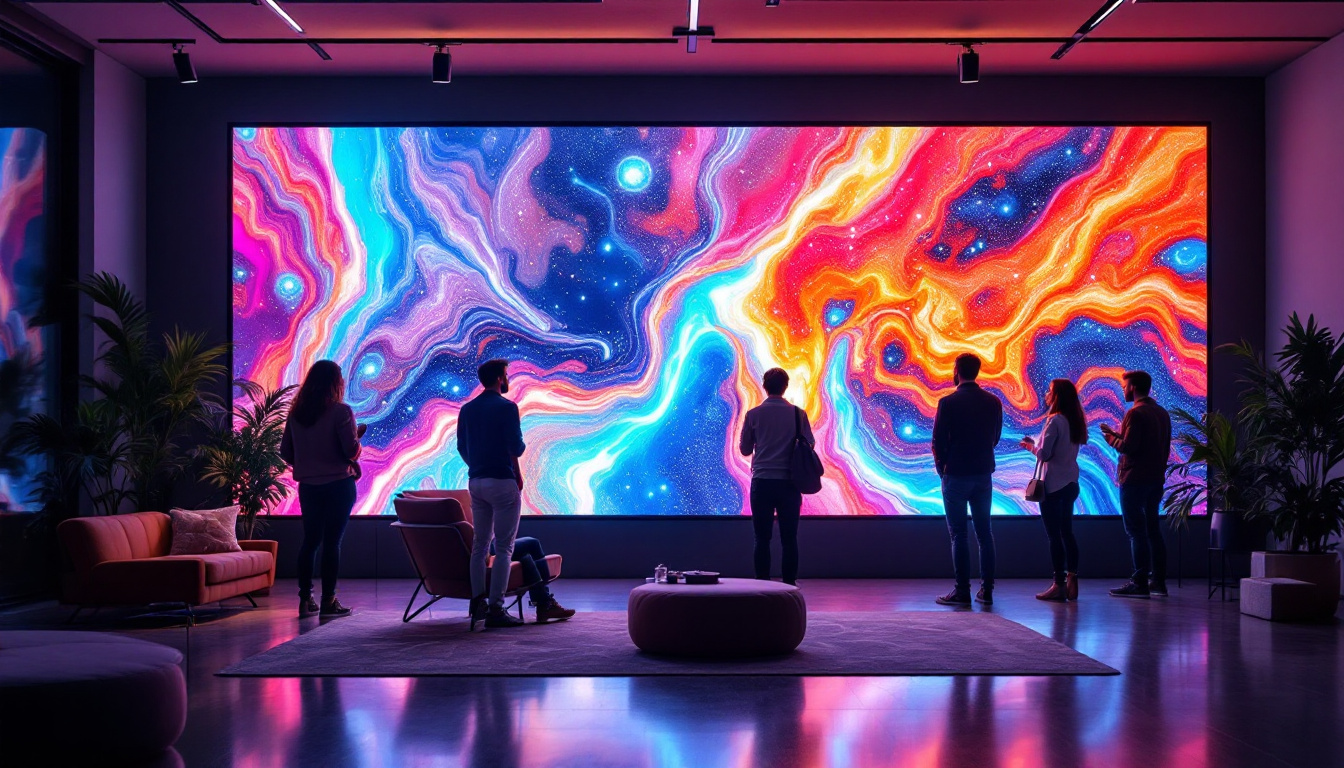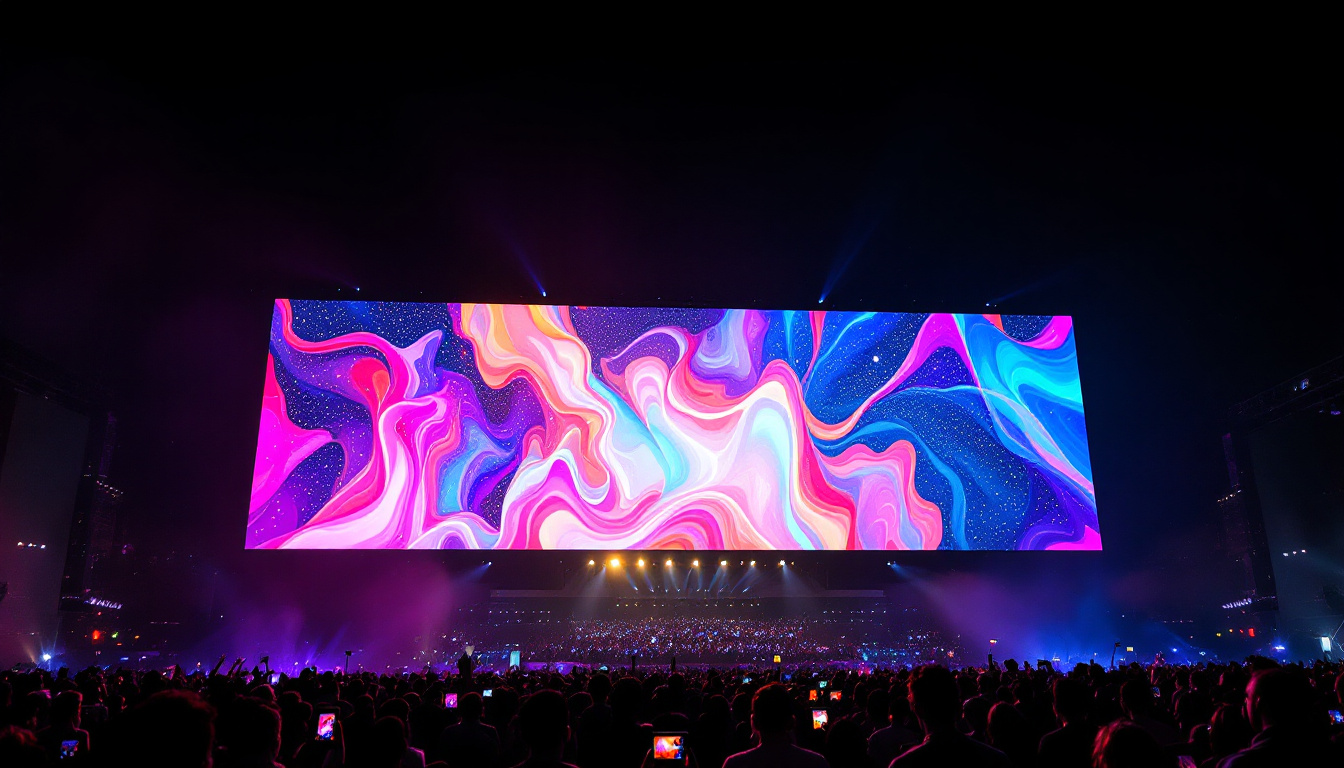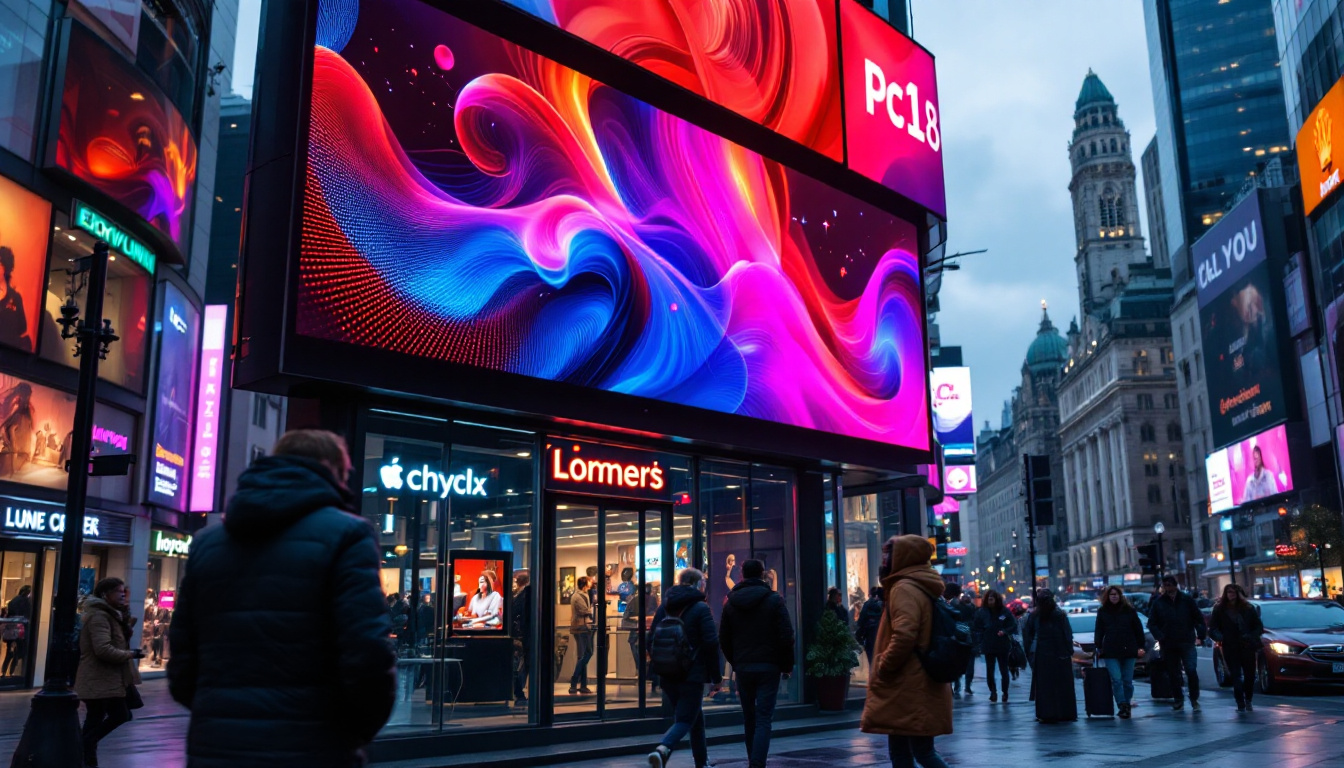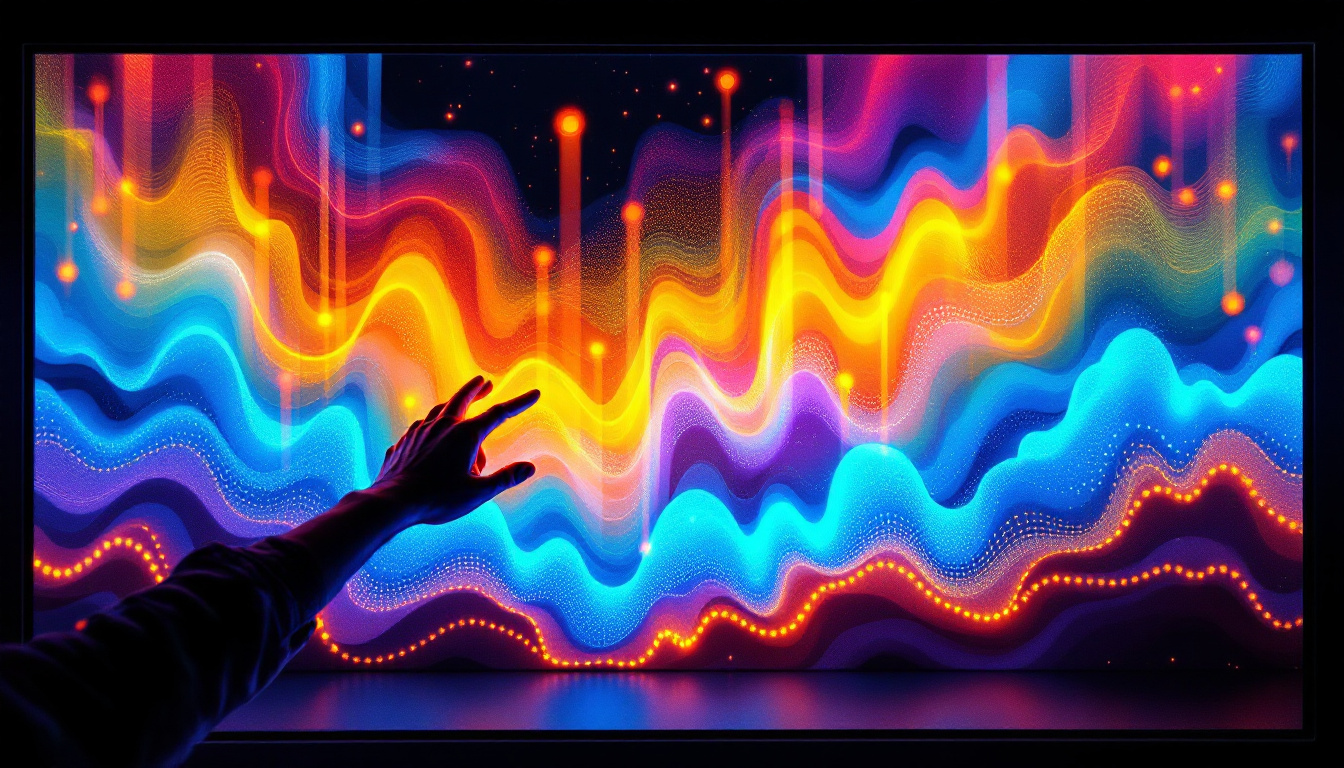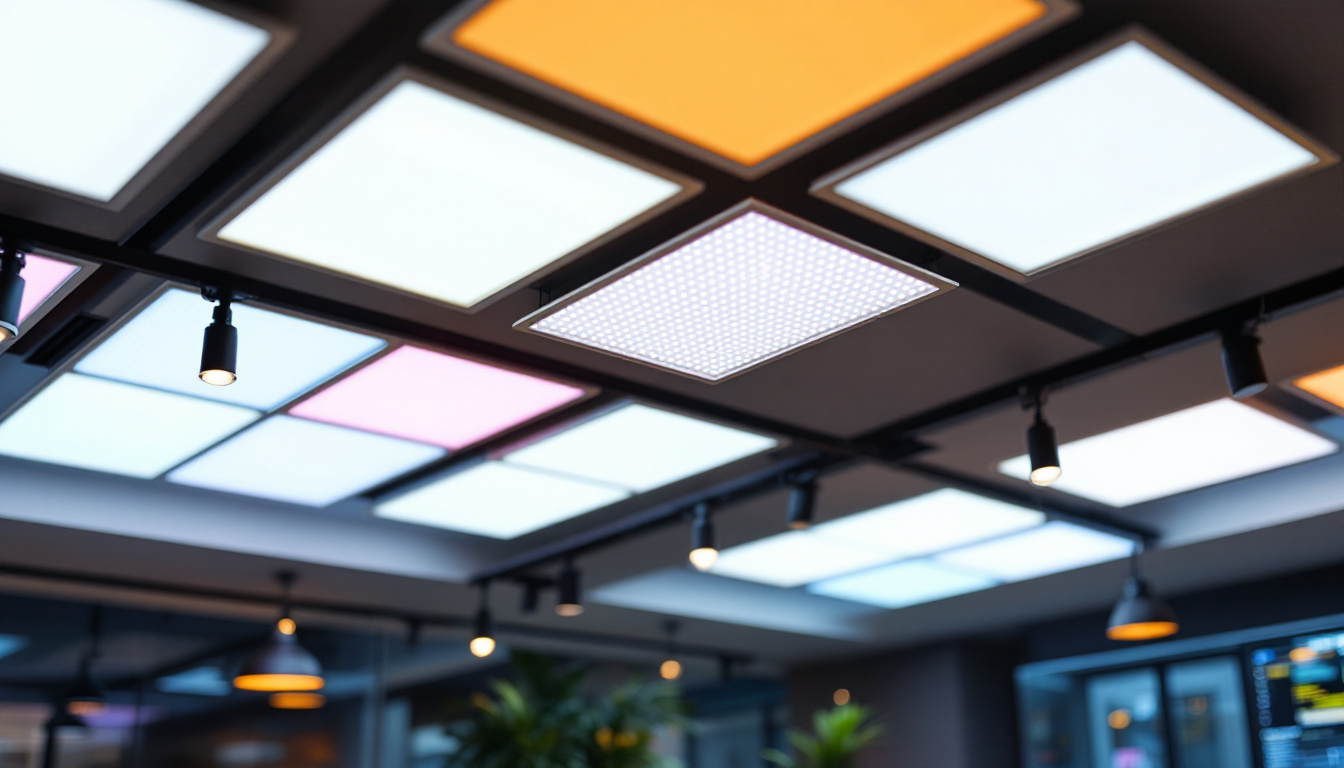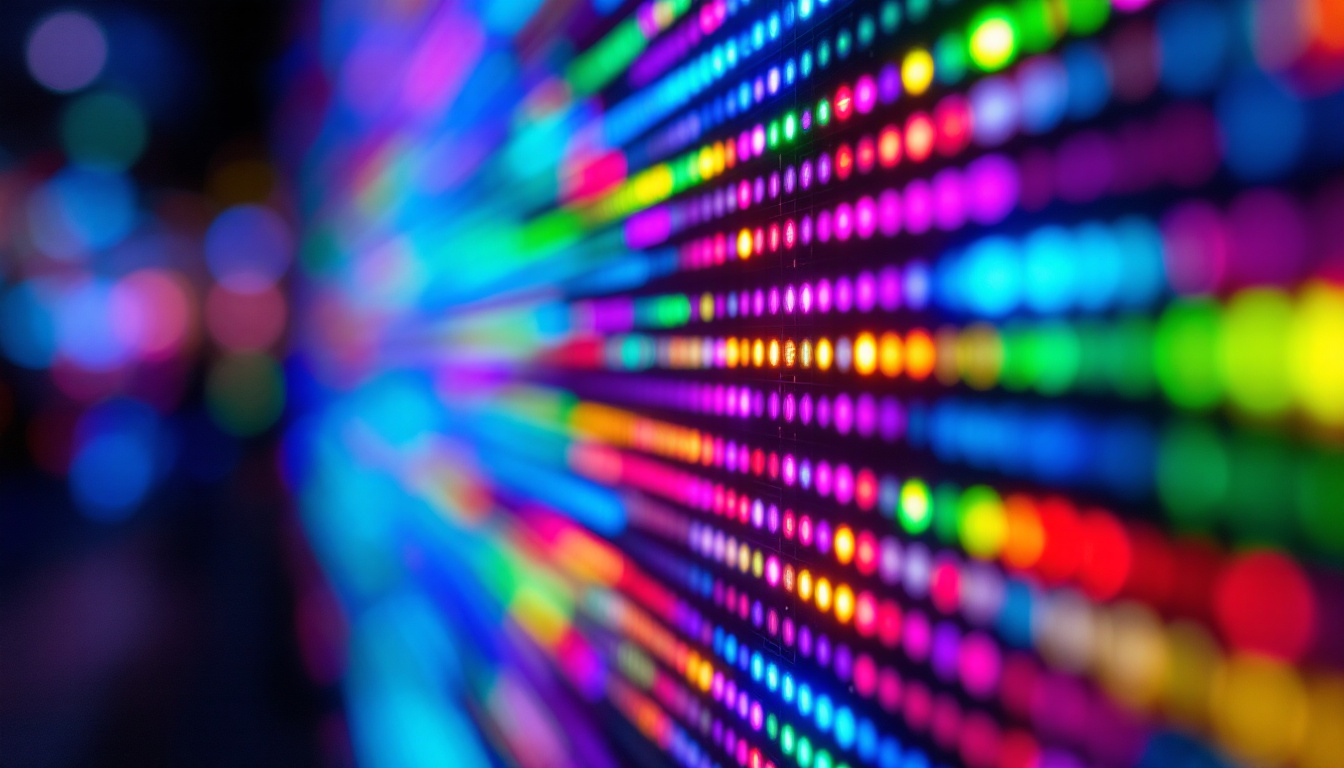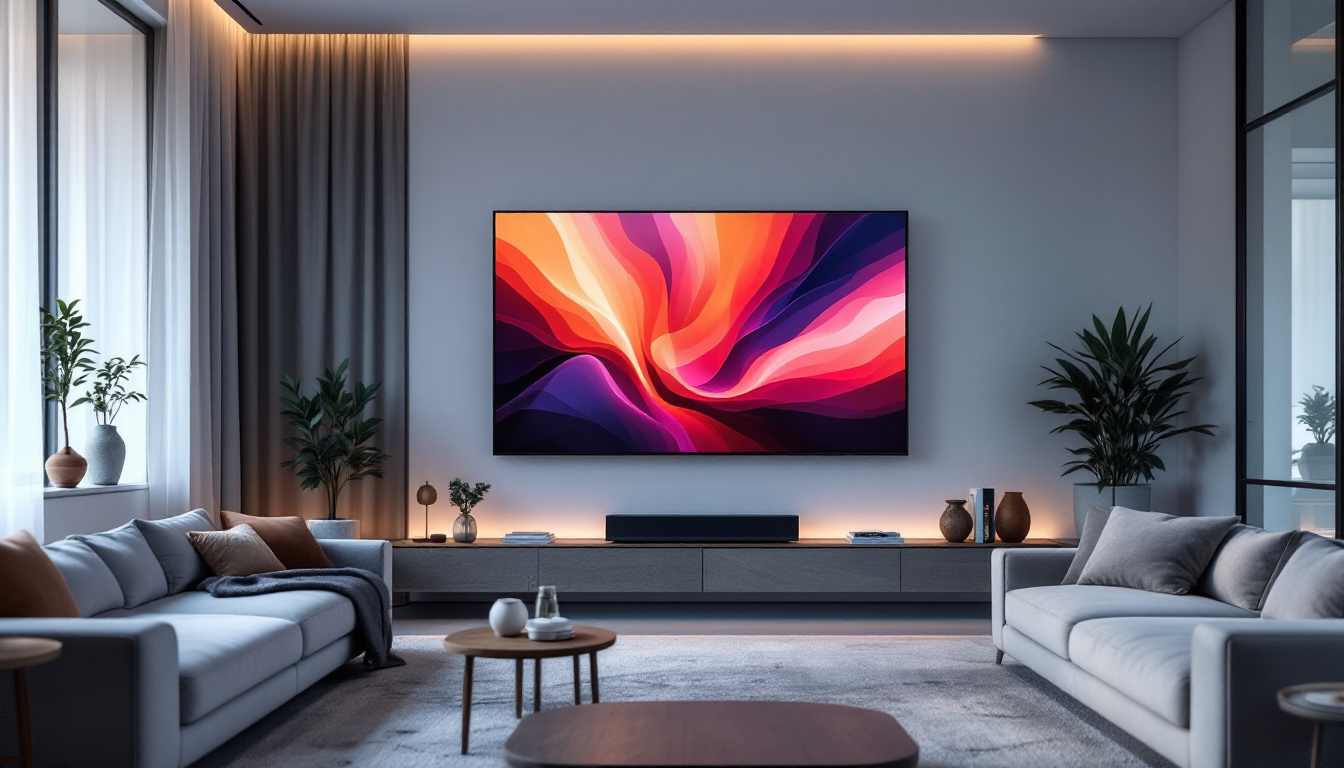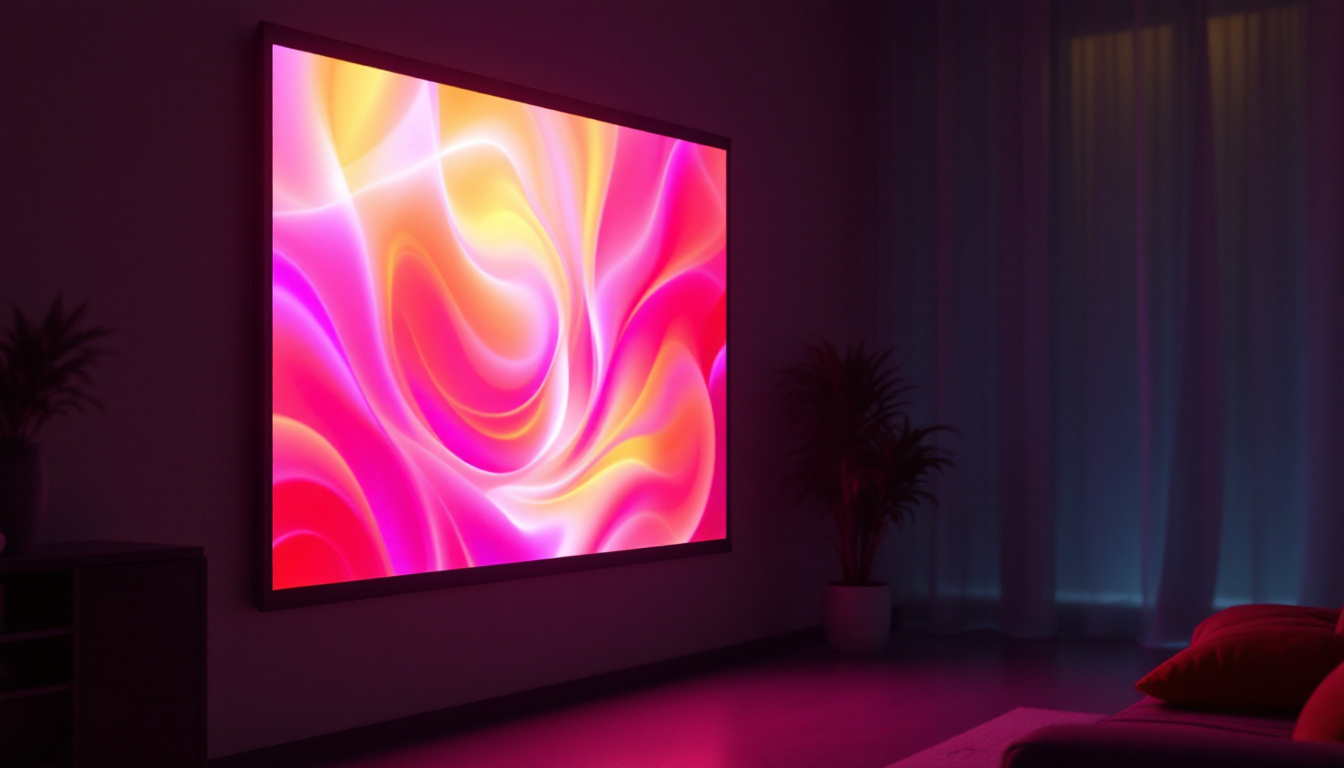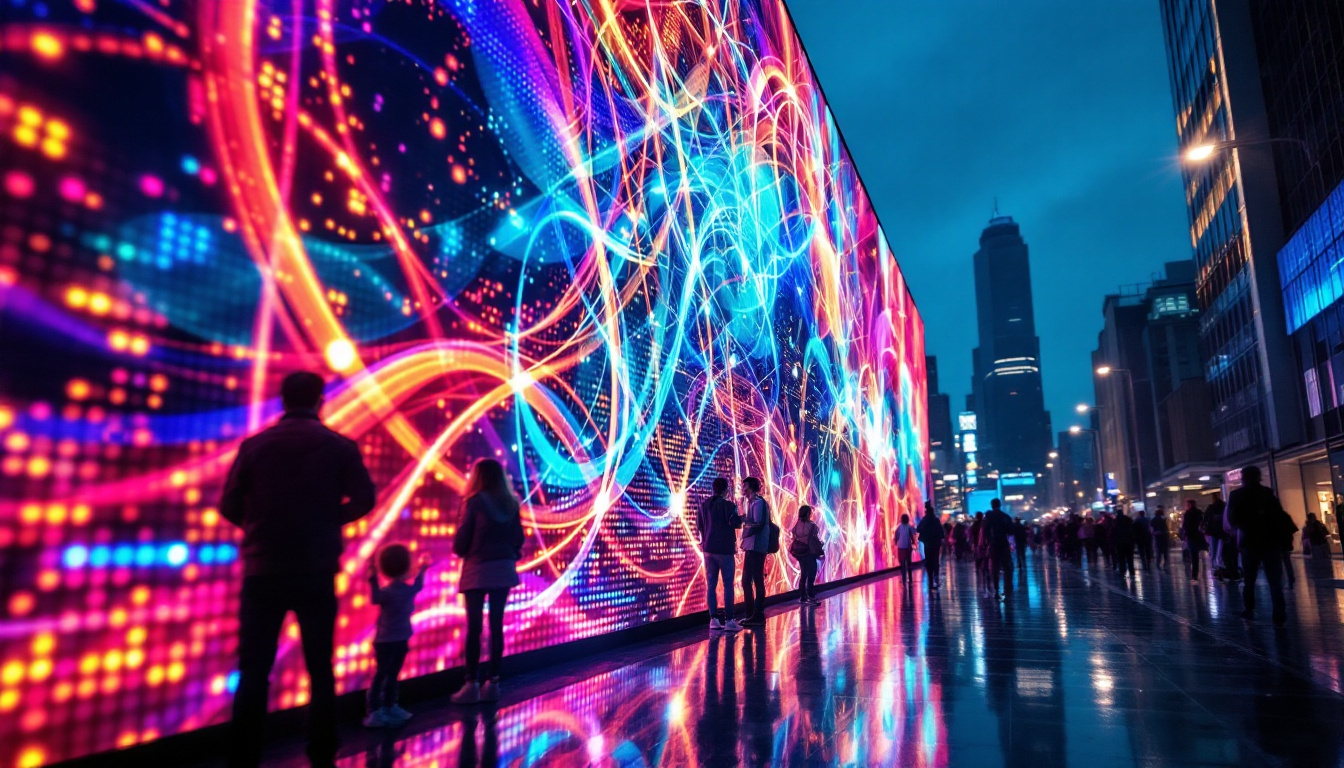In the ever-evolving world of technology, the display panel is a crucial component that dictates the quality of visual output. Among the various types of display technologies available today, LED (Light Emitting Diode) displays have emerged as a popular choice for both consumers and professionals alike. This article delves into the intricacies of LED display technology, exploring its types, advantages, and applications.
Understanding LED Technology
LED technology has revolutionized the way we perceive and interact with visual content. Unlike traditional LCDs that rely on backlighting, LED displays utilize an array of tiny light-emitting diodes to produce images. This fundamental difference not only enhances brightness but also improves energy efficiency. The longevity of LED technology is another significant advantage, with many LED displays boasting lifespans that can exceed 50,000 hours, making them a cost-effective choice for both consumers and businesses alike.
How LED Displays Work
At the core of an LED display are the diodes, which emit light when an electric current passes through them. These diodes can be arranged in various configurations, such as edge-lit or direct-lit, to create the desired visual effect. Edge-lit displays have LEDs positioned along the edges, while direct-lit displays feature a grid of LEDs behind the screen, allowing for more uniform brightness. This arrangement not only contributes to the overall visual quality but also allows for thinner display designs, which are increasingly popular in modern electronics.
Moreover, LED displays can be further categorized into two main types: RGB (Red, Green, Blue) and monochrome. RGB displays combine different intensities of red, green, and blue light to create a full spectrum of colors, while monochrome displays emit a single color, typically used for specific applications like digital signage. The ability to manipulate these colors with precision has led to advancements in various fields, including gaming and graphic design, where color accuracy is paramount.
Types of LED Displays
LED displays come in various forms, each tailored for specific uses. The most common types include:
- LED-backlit LCDs: These displays combine traditional LCD technology with LED backlighting, enhancing brightness and color accuracy. This hybrid approach allows for a more vibrant viewing experience, particularly in brightly lit environments.
- OLED (Organic LED): Utilizing organic compounds, OLED displays offer superior contrast and color depth by emitting light from each pixel individually. This means that black levels are deeper and colors appear more vivid, making OLED particularly popular in high-end televisions and smartphones.
- MicroLED: A newer technology, MicroLED displays consist of microscopic LEDs that provide exceptional brightness and energy efficiency. Their modular design allows for flexible screen sizes and shapes, paving the way for innovative applications in both consumer electronics and large-scale installations.
In addition to these common types, there are also specialized LED displays designed for unique environments, such as outdoor billboards and stadium screens. These displays are engineered to withstand harsh weather conditions while maintaining visibility under bright sunlight. Furthermore, advancements in LED technology have led to the development of transparent and flexible displays, opening up new possibilities in advertising and architectural design, where screens can blend seamlessly into their surroundings.
Advantages of LED Displays
LED displays have gained popularity for a multitude of reasons. Their advantages extend beyond mere aesthetics, impacting performance, energy consumption, and longevity.
Enhanced Picture Quality
One of the standout features of LED displays is their ability to deliver stunning picture quality. With higher contrast ratios and more vibrant colors compared to traditional displays, LED technology ensures that images appear sharp and lifelike. This is particularly beneficial for applications requiring precise color representation, such as graphic design and video editing. Furthermore, the rapid response time of LED displays minimizes motion blur, making them ideal for fast-paced video content and gaming, where every frame counts. The ability to produce deeper blacks and brighter whites enhances the viewing experience, allowing users to enjoy movies and games with a level of detail that was previously unattainable.
Energy Efficiency
Energy efficiency is another significant advantage of LED displays. They consume less power than their LCD counterparts, making them an environmentally friendly option. This efficiency not only reduces electricity bills but also contributes to a lower carbon footprint, aligning with the growing demand for sustainable technology solutions. Additionally, many LED displays are designed with smart technology that allows for automatic brightness adjustment based on ambient light conditions, further optimizing energy use. This feature not only enhances user comfort but also prolongs the lifespan of the display by reducing wear and tear on the components.
Longevity and Durability
LED displays are known for their durability and long lifespan. With proper care, they can last for tens of thousands of hours, making them a cost-effective investment over time. Their resistance to shock and vibration also makes them suitable for various environments, from home use to industrial applications. Moreover, LED technology is less susceptible to screen burn-in, a common issue with older display technologies, ensuring that the image quality remains consistent throughout the display’s life. This resilience makes LED displays a preferred choice for outdoor advertising and public displays, where they are exposed to harsh weather conditions and require reliable performance without frequent maintenance.
Applications of LED Displays
The versatility of LED displays allows them to be used in a wide range of applications. From consumer electronics to large-scale advertising, the adaptability of this technology is remarkable.
Consumer Electronics
In the realm of consumer electronics, LED displays are prevalent in televisions, computer monitors, and smartphones. Their ability to produce high-quality images has made them the preferred choice for entertainment and productivity. As technology advances, features like 4K and 8K resolution are becoming increasingly common in LED displays, further enhancing the viewing experience.
Digital Signage
Digital signage has seen a significant transformation with the advent of LED technology. retailers, airports, and public spaces utilize LED displays for advertising and information dissemination. The bright and vivid visuals attract attention, making them an effective marketing tool. Furthermore, the flexibility of LED displays allows for dynamic content updates, ensuring that information remains relevant and engaging.
Professional Use
In professional settings, LED displays play a crucial role in presentations, conferences, and events. high-resolution LED screens are often used for visual displays in auditoriums and meeting rooms, providing clear and impactful visuals. Additionally, in the film and gaming industries, LED technology is employed for immersive experiences, enhancing the overall quality of production.
Choosing the Right LED Display
When selecting an LED display, several factors should be considered to ensure the best fit for specific needs. Understanding these elements can help consumers and businesses make informed decisions.
Resolution and Size
Resolution is a critical factor that influences the clarity of images on an LED display. Higher resolutions, such as 4K and 8K, provide more detail and sharper images, making them ideal for professional use. Additionally, the size of the display should align with the intended use; larger screens are better suited for public displays, while smaller screens may suffice for personal use.
Refresh Rate and Response Time
The refresh rate, measured in hertz (Hz), indicates how many times the display refreshes per second. A higher refresh rate results in smoother motion, which is particularly important for gaming and fast-paced videos. Similarly, response time, measured in milliseconds (ms), affects how quickly pixels can change colors. Lower response times are preferable for gaming and action-oriented content.
Connectivity Options
Connectivity options are essential for ensuring compatibility with various devices. Look for displays that offer multiple input ports, such as HDMI, DisplayPort, and USB-C. This flexibility allows users to connect their monitors to a wide range of devices, from laptops to gaming consoles, enhancing usability.
Future Trends in LED Display Technology
As technology continues to advance, the future of LED displays looks promising. Innovations in this field are expected to enhance performance, efficiency, and user experience.
Advancements in MicroLED Technology
MicroLED technology is poised to revolutionize the display industry. By using microscopic LEDs, this technology promises to deliver superior brightness, contrast, and energy efficiency. As production methods improve, MicroLED displays are expected to become more accessible to consumers, offering a premium viewing experience.
Integration with Smart Technologies
The integration of LED displays with smart technologies is another trend to watch. As homes and workplaces become increasingly connected, LED displays will likely incorporate features such as voice control, smart assistants, and IoT compatibility. This convergence will enhance user interaction and create a more seamless experience.
Flexible and Transparent Displays
Flexible and transparent LED displays are also on the horizon. These innovative designs will allow for new applications, such as curved screens that conform to various surfaces or transparent displays that can blend into their surroundings. Such advancements could redefine how displays are used in architecture, advertising, and everyday consumer products.
Conclusion
LED display technology has transformed the way we experience visual content, offering numerous advantages in terms of picture quality, energy efficiency, and longevity. With a wide range of applications, from consumer electronics to professional use, LED displays have become an integral part of modern life. As technology continues to evolve, the future of LED displays promises to be even more exciting, with advancements that will enhance user experiences and expand possibilities.
Understanding the different types of LED displays and their unique features is crucial for making informed decisions. Whether for personal use or business applications, choosing the right display can significantly impact productivity and enjoyment. As the industry progresses, staying informed about emerging trends will ensure that users can take full advantage of the benefits that LED technology has to offer.
Discover LumenMatrix’s Innovative LED Display Solutions
Ready to elevate your visual experience with the latest in LED display technology? Look no further than LumenMatrix, a pioneer in crafting LED display modules that bring your content to life. Whether you’re in need of an Indoor LED Wall Display for a corporate event, an Outdoor LED Wall Display for high-impact advertising, or any of our specialized solutions like Vehicle LED Displays and LED Sports Displays, LumenMatrix has you covered. Embrace the future of visual communication and let your message resonate with unparalleled clarity and engagement. Check out LumenMatrix LED Display Solutions today and transform the way you connect with your audience.

